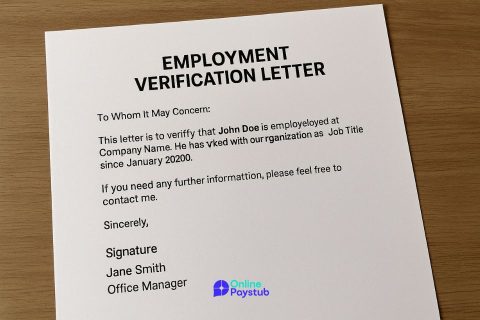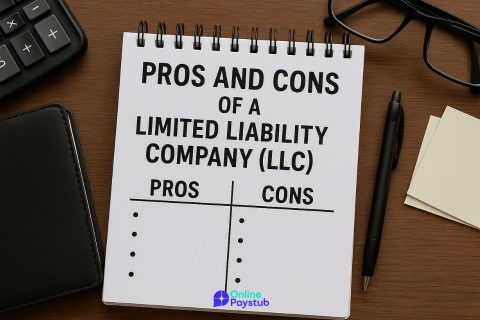Vesting refers to the process through which employees gain non-forfeitable rights to certain employment-related benefits over time. These benefits often include retirement plan contributions, stock options, and restricted stock units (RSUs). While the concept may seem administrative at first glance, vesting plays a critical role in determining how much of an employee’s benefits are truly theirs—especially if they decide to leave a company.
At its core, vesting establishes a timeline: employees must meet specific conditions, most commonly related to length of service, before they fully own the benefits promised to them. The idea is straightforward until you factor in the varying structures of vesting schedules, legal nuances in employer agreements, and the financial implications of early termination or resignation.
There is no universal vesting rule; each plan can differ in duration, terms, and scope. For example, one company may offer full ownership of employer contributions after three years, while another may apply a gradual vesting model that increases ownership annually. These frameworks are often guided by legal standards such as ERISA (Employee Retirement Income Security Act), but within those boundaries, companies have wide latitude.
Why Vesting Matters: Legal and Financial Context
Vesting is not merely a company policy; it is governed by legal frameworks and carries significant financial consequences. At the intersection of employment law, tax regulation, and corporate finance, vesting defines an employee’s actual claim to employer-provided benefits. Understanding its legal and financial underpinnings is essential for making informed decisions about job offers, investment strategies, and long-term planning.
From a legal standpoint, vesting terms are often embedded in employment contracts, retirement plan documents, or equity grant agreements. In the United States, laws such as the Employee Retirement Income Security Act (ERISA) provide minimum standards for vesting in qualified retirement plans, especially 401(k) contributions. ERISA mandates that employees must become fully vested in employer contributions within a certain period typically three to six years depending on the schedule the employer selects.
Vesting also has direct implications for ownership rights. Until benefits are vested, employees have no legal claim to them, and unvested assets can be forfeited without compensation. This becomes especially critical in situations such as layoffs, voluntary resignations, or company bankruptcies. For stock options or RSUs, vesting determines whether the employee can exercise or sell their shares, often with significant tax consequences upon conversion or sale.
Financially, vesting impacts how and when an employee can leverage the value of their benefits. For example, a worker planning early retirement must consider whether they are fully vested in their 401(k) match to avoid forfeiting a portion of their retirement savings. Similarly, in the case of equity compensation, vesting affects not only the value realized but also the timing and nature of taxation—whether the benefit is taxed as ordinary income or capital gains.
Types of Vesting Schedules and How They Work
Vesting schedules define how and when employees acquire full ownership of benefits promised by their employer. These schedules are crucial in structuring compensation plans, especially in retirement accounts and equity-based incentives. While the exact structure may vary across organizations and benefit types, most vesting schedules fall into a few established categories: cliff vesting, graded vesting, immediate vesting, and performance-based vesting.
Cliff Vesting
In cliff vesting, ownership of employer-provided benefits transfers to the employee in full at a specific future date often after a one- to three-year period. Prior to that point, the employee holds no legal claim to the benefits. If the employee leaves before the cliff date, all unvested benefits are forfeited.
For example, a company may offer 100 RSUs to an employee, vesting fully after three years. If the employee departs after two years, none of the units are retained. This approach is common in startup equity plans and is often used to incentivize early retention during a company’s formative period.
Graded Vesting
Graded vesting gradually transfers ownership to the employee over a defined period. Typically applied to retirement plans, this schedule allows employees to vest in incremental percentages—commonly 20% per year over five or six years. This model offers more flexibility than cliff vesting and rewards employees who remain with the company longer.
For instance, an employee in a six-year graded vesting plan may own 20% of the employer’s 401(k) contributions after year two, 40% after year three, and so on until reaching 100% in year six.
Immediate Vesting
With immediate vesting, employees gain full ownership of benefits as soon as they are granted. This is rare for employer contributions but is the norm for employee contributions to retirement plans. Since there is no waiting period, employees can access and retain these assets regardless of tenure.
Performance-Based Vesting
Unlike time-based models, performance-based vesting links ownership to the achievement of specific goals. These could include individual performance metrics, company revenue targets, or market valuation milestones. Often used in executive compensation and startup grants, this structure aligns benefit realization with measurable value creation.
Vesting in 401(k) and Retirement Plans
One of the most common applications of vesting is within employer-sponsored retirement plans, particularly 401(k) programs. While employee contributions to a 401(k) are always 100% vested—meaning the employee owns them outright from the moment they are made employer contributions are typically subject to a vesting schedule.
Employer vs. Employee Contributions
The distinction between vested and unvested amounts often arises when examining employer matches. For example, a company may match 100% of an employee’s contribution up to 5% of their salary. However, the employer’s portion may not be fully accessible to the employee until certain tenure requirements are met.
This creates a timeline in which the employee earns rights to the employer-matched funds incrementally or at a specified future date. If the employee leaves the company before becoming fully vested, they may forfeit a significant portion of these contributions.
Vested Balance vs. Total Balance
A critical concept in retirement planning is the difference between total balance and vested balance. The total balance includes all contributions and investment gains in the retirement account, while the vested balance reflects only the portion the employee has a non-forfeitable claim to.
To track this, employees must refer to their plan’s vesting schedule, typically outlined in the retirement plan documents or employee handbook. Many companies opt for either a three-year cliff vesting or a graded vesting model, such as 20% per year over five years.
Implications for Early Withdrawals and Rollovers
Being vested does not necessarily mean an employee can withdraw funds without penalty. Most plans still require participants to reach retirement age usually 59½ before penalty-free distributions are permitted. Even if fully vested, early withdrawals may trigger income tax or additional penalties unless rolled over into another qualified retirement account.
Furthermore, if an employee leaves their job and initiates a rollover, only the vested portion of employer contributions can be transferred to a new plan. The unvested portion, in most cases, reverts to the employer.




No comments to show.